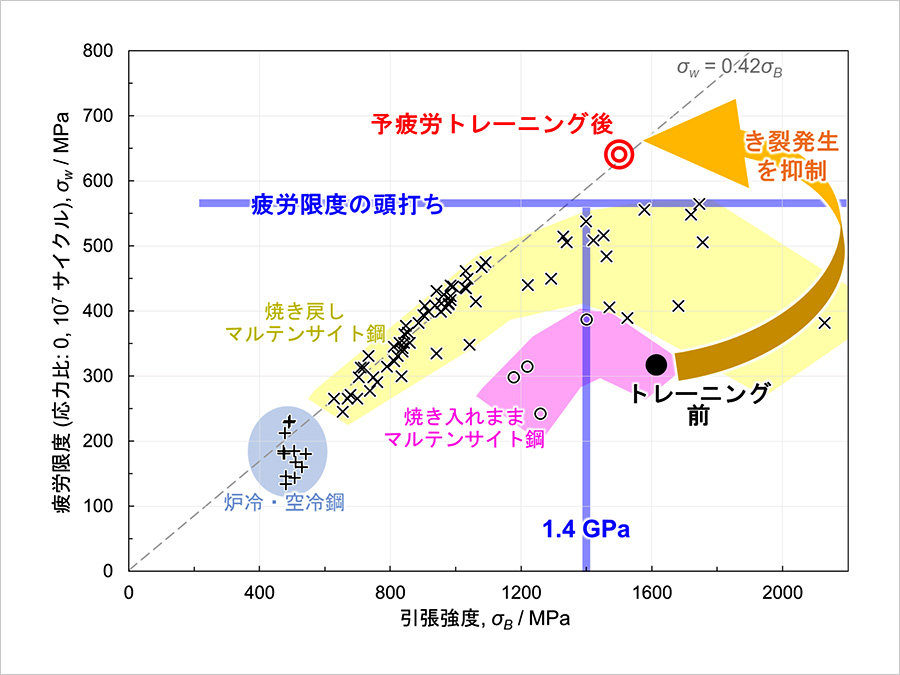2025-06-30 ペンシルベニア州立大学 (PennState)
<関連情報>
- https://www.psu.edu/news/earth-and-mineral-sciences/story/ocean-atmosphere-equally-responsible-atlantic-cold-blob-scientists
- https://www.science.org/doi/full/10.1126/sciadv.ads1624
北大西洋の亜極域の冷却は、大西洋の子午面循環が弱まるにつれて、より寒く、より乾燥した大気によって強化される Subpolar North Atlantic cooling reinforced by colder, drier atmosphere with a weakening Atlantic meridional overturning circulation
Yifei Fan, Duo Chan, Eugene E. Clothiaux, Pengfei Zhang, and Laifang Li
Science Advances Published:4 Jun 2025
DOI:https://doi.org/10.1126/sciadv.ads1624

Abstract
In contrast to global warming, the subpolar North Atlantic has experienced long-term cooling throughout the 20th century. This cooling, known as the North Atlantic cold blob, has been hypothesized to arise from reduced poleward oceanic heat transport associated with a slowdown of the Atlantic meridional overturning circulation (AMOC). Here, by diagnosing historical simulations from multiple coupled climate models, we find that ocean heat transport is not the only pathway through which the AMOC modulates sea surface temperature variability. A weakened AMOC is also associated with colder, drier lower atmospheric conditions, which lead to a reduction in surface warming expected from increasing amounts of heat-trapping gases by reducing downward clear-sky longwave radiation at the surface. This radiative pathway and the oceanic processes contribute equally to the North Atlantic cold blob. These results highlight the importance of the AMOC’s impact on atmospheric properties and their radiative effects.



